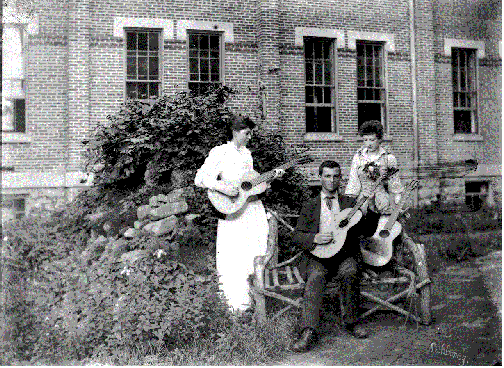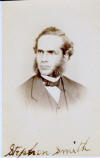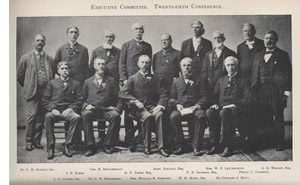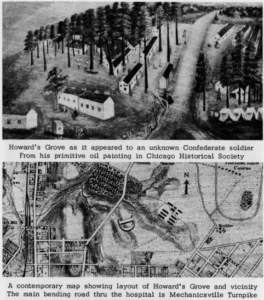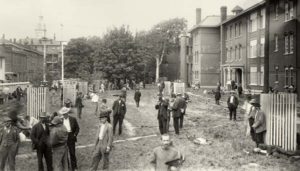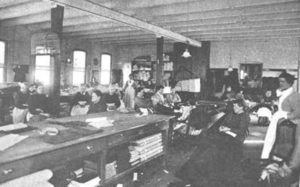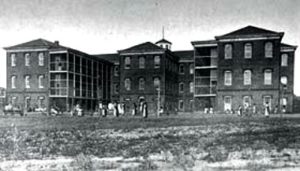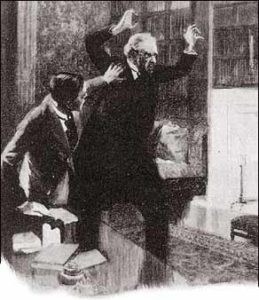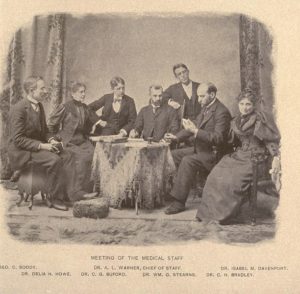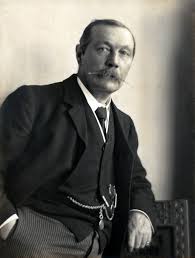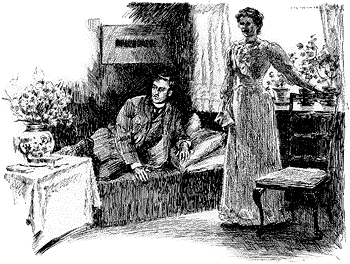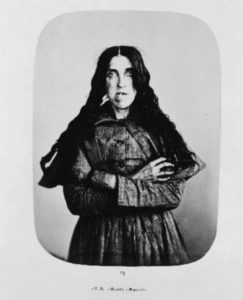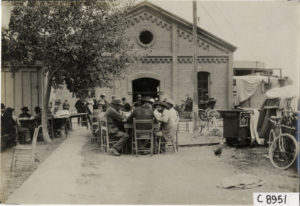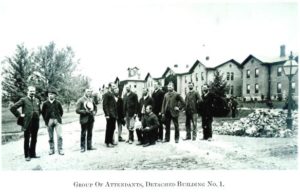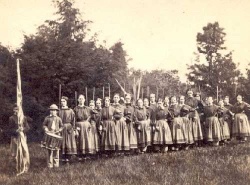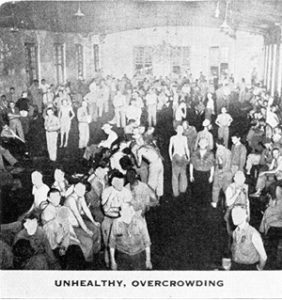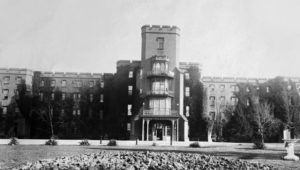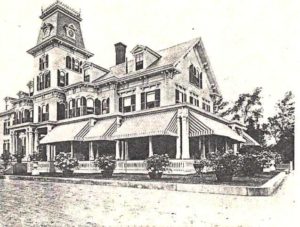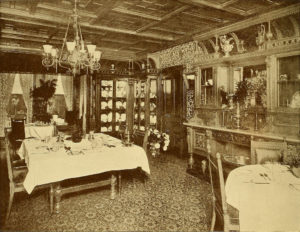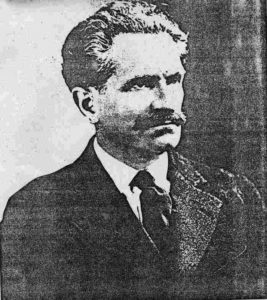
Clarinda State Hospital Was Impressive
Even new insane asylums–presumably built by the demands of a state’s constituents–often had money woes. For many institutions, funds were only provided every two years via legislative appropriations. This meant that they were built piecemeal, seemingly always a step or two behind the real needs of patients and their families. Clarinda State Hospital in Iowa is probably typical.
Iowa’s General Assembly passed an Act to establish the asylum in April, 1884 and the Iowa Grand Lodge of Masons laid the cornerstone in July. A central building and supervisor’s department were nearly finished by December, but it wasn’t until the 1886 session that money was appropriated to go further. The institution opened late that year and accepted its first patients: 222 males received from other asylums. As legislative sessions continued, the asylum received additional funds for building and continued to complete the design which had been planned for it. Finally, in 1897, the asylum stood as a complete entity.
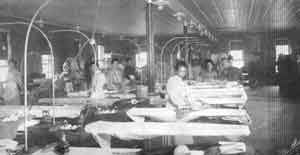
Patients Working in Laundry Room at Fulton State Hospital circa 1910, courtesy Missouri Archives
As soon as patients arrived, they began working. They graded, sodded, planted, and farmed–hard work rather than the “light” therapeutic work that alienists sincerely believed helped patients occupy their time, divert their minds, and heal both mind and body. Besides the outdoor toil, patients helped a hired tailoress make all the clothing worn by patients (except for white dress shirts, hose, and hats). The asylum’s residents also made their own furniture and shoes, brooms, and mattresses under the supervision of professionals assisted by patients.
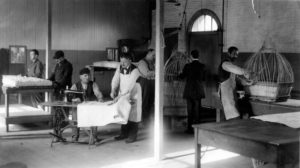
Patients Worked at Useful Tasks at Most Asylums, photo courtesy Buffalo Psychiatric Center
Though work did help patients–especially if they wanted to do it–the probability remains high that many patients were subtly coerced into labor they would not have done otherwise. For superintendents charges with controlling costs, the proximity of so much free labor was likely a temptation they didn’t always resist.
